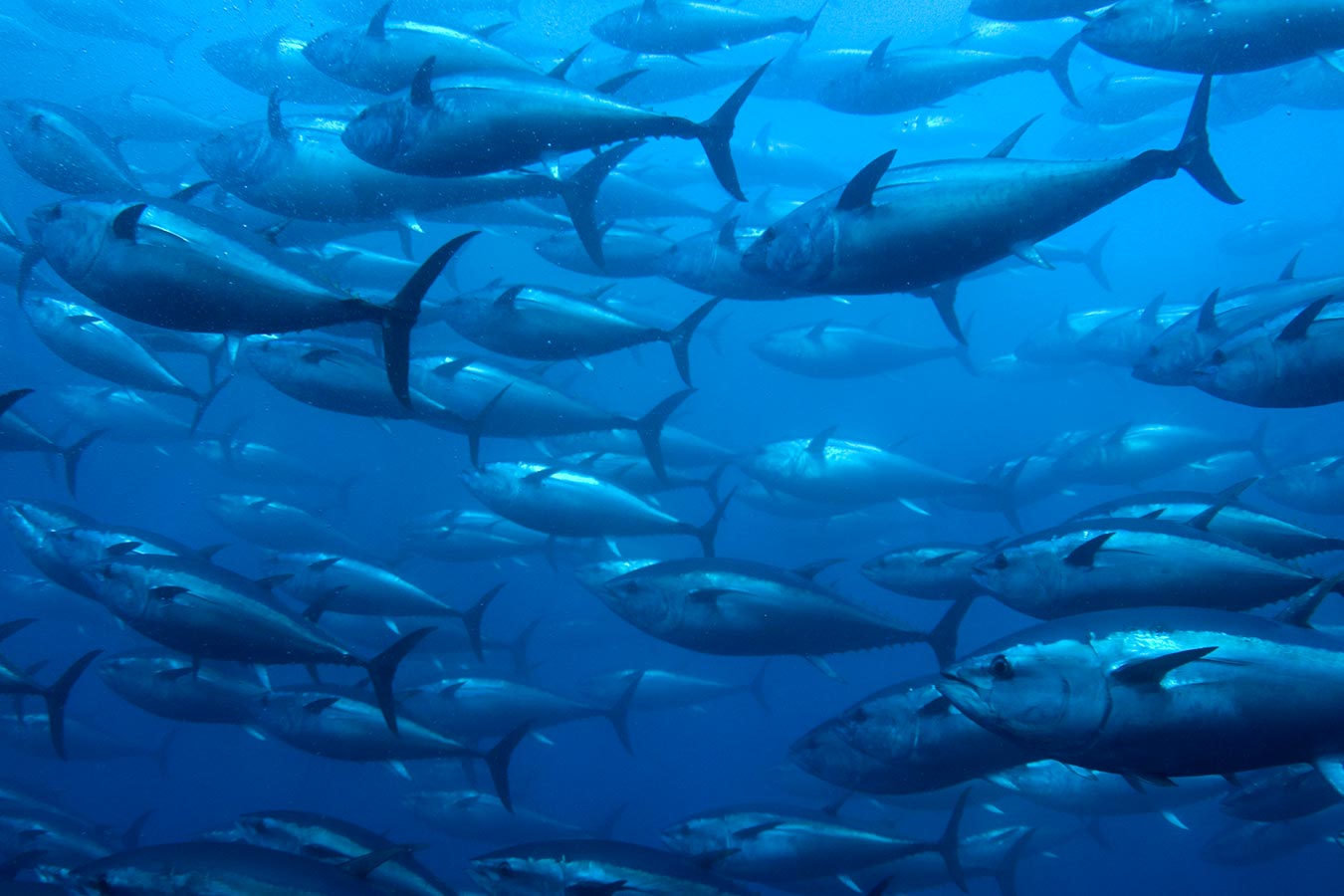The extraction of fish is a critical step in the seafood industry, ensuring the supply of high-quality fish products to meet global demand. This article provides a concise overview of the professional fish extraction process, highlighting its key stages and significance.
Catching and Harvesting:
- Fish are caught using various methods, ensuring minimal stress and damage. Sustainable fishing practices are employed to maintain marine ecosystem balance.
Onboard Handling and Preservation:
- Immediately after catching, fish are sorted, graded, cleaned, gutted, and rinsed onboard to preserve their freshness. Effective chilling or freezing methods are used to prevent spoilage.
Transportation and Storage:
- Fish are transported in specialized containers with temperature control systems, maintaining the cold chain. They are stored in refrigerated or frozen environments at processing facilities to preserve freshness.
Further Processing:
- Fish undergo processing stages such as filleting, deboning, descaling, or portioning using specialized equipment and skilled labor.
Quality Control and Inspection:
- Stringent quality control measures, sensory evaluations, and inspections ensure the safety and quality of the fish. Substandard or contaminated fish are removed.
Packaging and Distribution:
- Processed fish are carefully packaged to protect them from damage, contamination, and oxidation. Proper labeling and traceability systems are implemented. The packaged fish is distributed while maintaining the cold chain.
The professional fish extraction process ensures the supply of high-quality fish products. Sustainable practices, careful handling, and rigorous quality control measures guarantee the safety and integrity of the final product, satisfying consumer demand worldwide.



